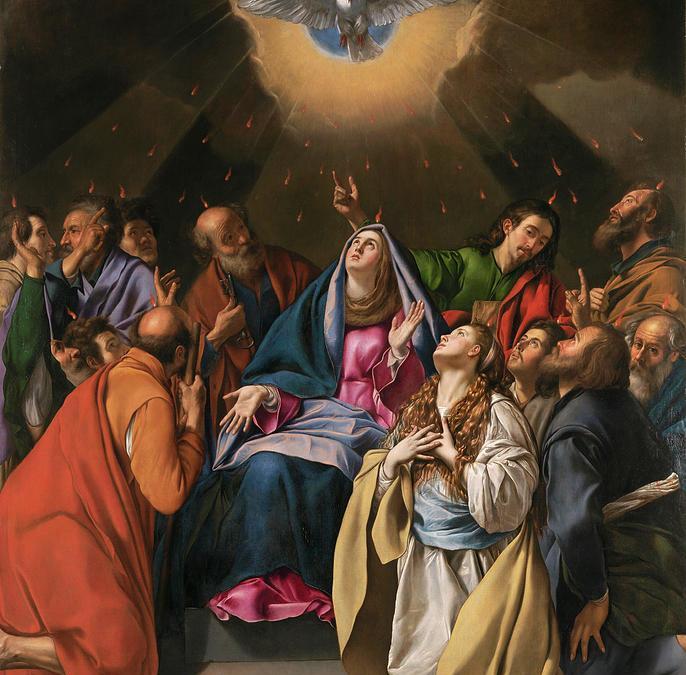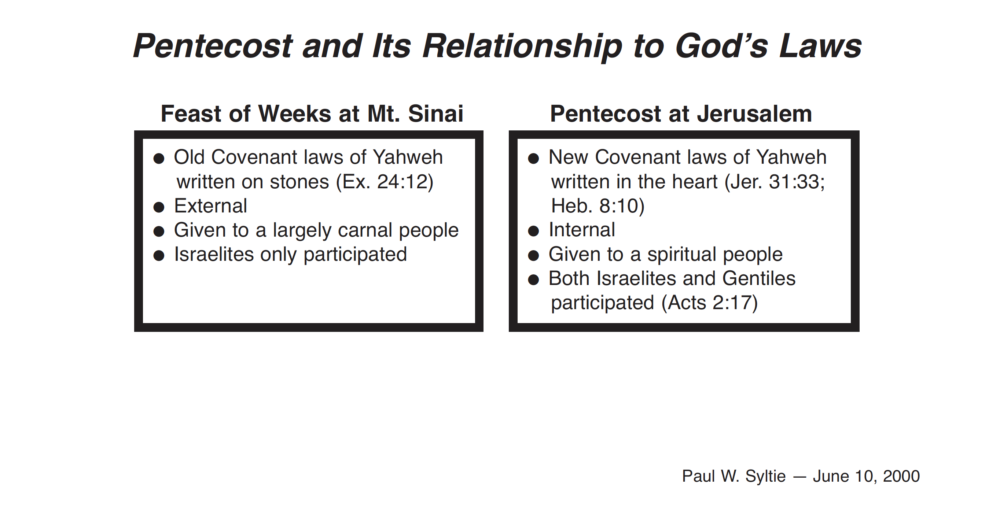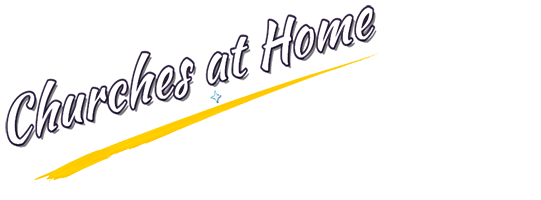
A Study On the Meaning of Pentecost
(the Feast of Weeks)
A Study Outline
I. Names for this second major festival period of the sacred year, a solemn feast along with Unleavened Bread and Tabernacles on which all males are to appear (Deut. 16:16):
II. When to keep the day
A. Seven weeks were counted from the Wave Sheaf Offering day during the Feast of Firstfruits (Lev. 23:15-16).
B. Why count from the Wave Sheaf Offering day?
1. The sheaf was waved on the day after the weekly Sabbath day (Lev. 23:11).
2. Seven Sabbaths shall be complete(8549 = tamiym, “entire”), implying the final (sev- enth) Sabbath would end the period, after which the fiftieth day is the first day of the week (Lev. 23:15).
3. Sabbathis used throughout Lev. 23 to denote the weekly seventh day rest. Annual high days are called their own names. Why then should not the Sabbath of Lev. 23:11 and 15 mean the weekly Sabbath also?
C. The day never could be predicted to always occur on Sivan 6 as with the modern, incor- rect Hebrew calendar; observation methods were used.
III. The nature and meaning of the day
A. Offerings in ancient Israel
1. Meat offering (Lev. 23:6)
2. Two loaves of bread made with fine flour (0.2 deal each) baked with leaven, repre- senting the firstfruits to Yahweh (Lev. 23:17). The two loaves may mean the pre- Christ and post-Christ ecclesia, Hebrews and Gentiles, or possibly some other meaning.
a. To be offered with seven yearling lambs, unblemished (Lev. 23:18-20)
b. One young bullock
c. Two rams
d. Offered along with their meat offering and drink offerings, which were burned, but the wave loaves were waved backwards and forwards, and then up and down, and afterwards were set aside “for the priest” (Lev. 23:20) to form the festive meal eaten by the priests later that day in the Temple. No leaven or honey were burned on the alter, since Yahweh had forbidden leaven on the alter (Lev. 2:11). [Sinless lives , those redeemed by Christ’s blood, are unleavened so can be sacrificed on the alter, but not unleavened, sinful lives (Rom. 12:1; Gal. 2:20)].
e. One goat kid as an offering, and …
f. Two yearling lambs as a peace offering, waved by the priest with the bread of the firstfruits as a wave offering, with the two lambs, holy to Yahweh for the priest
Firstfruits = Christ and the saints(I Cor. 15:23; Rev. 14:4)
Smoke and sweet savor = prayers of the saints(Rev. 8:3-4)
B. A holy convocation (Lev. 23:21)
C. Do no servile work throughout Israel’s generations (Lev. 23:21; Num. 28:26)
D. The day the firstfruits of the summer wheat harvest were brought to the Temple; thus, this feast marked the beginning of the wheat harvest (Ex. 34:22), just as the Feast of Firstfruits marked the beginning of the spring barley harvest (Ruth 1:22).
1. Wheat = God’s elect
a. Parable of the Sower (Matt. 13:23)
b. Parable of the Wheat and Tares (Matt 13:24-30, 37-43)
2. Barley = God’s electas well, who were waved before Yahweh during the Feast of Weeks (Lev. 23:10-11
IV. Major occurrences on the Feast of Weeks
A. The law was given to Israel at Mt. Sinai (Ex. 19 and 20).
B. The Holy Spirit was poured out at Pentecost in Jerusalem (Acts 2).
C.. God brought Ruth and Boaz together (Book of Ruth).


